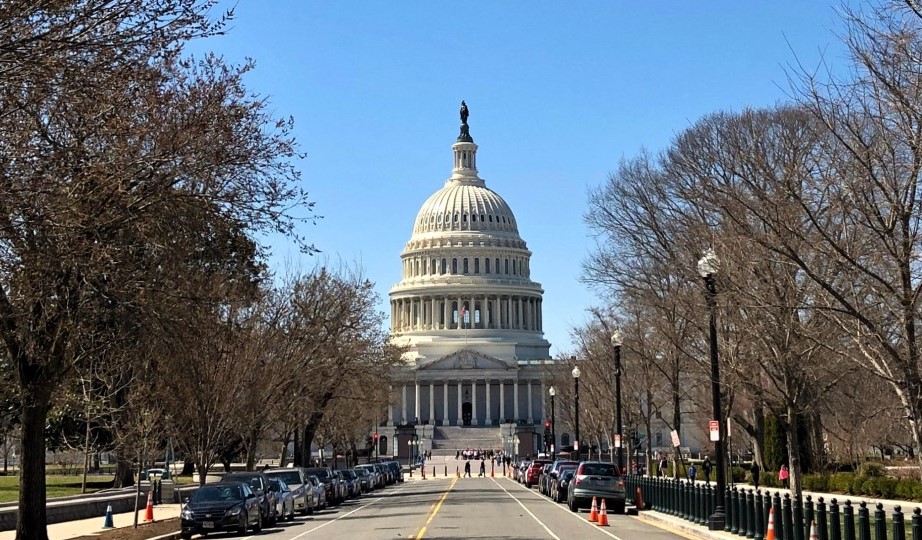
Make no mistake, the decision to terminate a contracting party for default is one of the most costly decisions an owner or general contractor can be faced with — and it is fraught with all kinds of contractual, legal, and financial risk. First, the terminating party has to consider the potential costs of re-procurement and assume that it will pay dearly to obtain a bid from a new contractor bold enough to take on a partly finished project. As a close second, the terminating party has to contend with a vast array of post-termination damages it may face due to the default.
A termination will undoubtedly affect project financing and will significantly affect the project schedule. Additionally, a decision to terminate will very often mean “buying yourself a lawsuit” if the terminated party holds a different view of how and why the business deal soured. With so much on the line, it is no wonder that the propriety of a termination for default can be one of the most hotly contested issues in construction litigation.
Recently, in Conway Construction Company v. City of Puyallup, an appellate court in Washington state addressed whether an owner had jumped through the appropriate procedural hoops in
terminating its general contractor for default. Like so many cases involving termination, the owner had failed to properly dot its i’s and cross its t’s in making its decision and so ultimately lost the case.
The Case
The City of Puyallup, Washington, contracted with Conway Construction Co. for road improvements. During construction, the city became concerned about the quality of Conway’s pavement concrete, alleged defects in utilities, and other construction defects. The city also observed purportedly unsafe work conditions, such as a lack of trench shoring. The city reported those concerns to the Washington State Department of Labor & Industries. On March 9, 2016, the city issued a notice of suspension and breach of contract, within which it identified nine items that it deemed to be material breaches of the contract, including the allegedly defective work and safety concerns. The city informed Conway it had 15 days to cure the breaches.
Conway denied any wrongdoing. On March 21, the city informed Conway that it still needed to remedy the nine items, that they remained uncorrected, and that additional reports of safety violations were being received. Conway again denied any wrongdoing. On March 25, the city terminated Conway’s contract for default. The following month, the Department of Labor & Industries issued a citation to Conway for a “serious” safety violation endangering Conway workers.
Conway sued the city, seeking to have the default termination overturned and converted to a termination for convenience (in other words, a no-fault termination). Conway later amended its lawsuit to pursue breach of contract and unjust enrichment claims against the city. In a bench trial, the court ruled in favor of Conway, and the city appealed.
The Appeal
The city raised several issues on appeal. Its primary argument was that the trial court used the wrong legal test to determine whether the city properly terminated the contractor for default. The city also argued that the contract entitled it to an offset for Conway’s allegedly defective work.
The U.S. Court of Appeals first addressed the propriety of the termination itself. The city and Conway had presented different legal standards by which the termination should be evaluated. The city argued that the trial court should have used the following two-prong test: Was Conway in default, and if so, was the city satisfied with Conway’s efforts to remedy the breach? Conway argued that the city had to meet a different second prong: Did Conway neglect or refuse to correct the rejected work?
The contract was silent on the matter of how long the contractor would have to remedy the breaches (the cure period), stating simply that the city was entitled to terminate the contract for good cause. It listed a series of those potential causes, including the contractor’s failure to comply with state or local regulations. However, the Washington State Department of Transportation specifications were also part of the contract documents. Those specifications explicitly stated that the contractor would have 15 days to cure an alleged default prior to termination based on that default.
The city argued that based on the contract’s order-of-precedence clause, the contract should prevail if it conflicted with the WSDOT specifications. The court, however, held that the contract and specifications were not in conflict with each other because the contract itself was silent on the issue of a cure period. Rather, the specifications served to supplement the contract. The court also noted that in the city’s contemporaneous default letters to Conway, the city had in fact identified a 15-day cure period, leading the court to conclude that the city contemporaneously understood that the specifications were operative and that the contract and specifications complemented each other.
While the specific findings of the trial court were somewhat unclear from the Court of Appeals’ decision, the court suggested that Conway — despite denying wrongdoing — did not neglect to or refuse to correct the allegedly deficient work. The court rejected the city’s argument that the corrective work needed to be entirely completed within 15 days to the satisfaction of the city.
On the issue of the city’s cited safety concerns, the court relied on the trial court’s finding that, in practice, the city “essentially deferred the safety issue” to the Department of Labor & Industries. The trial court found that Conway worked directly with the Department of Labor & Industries and had addressed the safety issues in question. The appeals court took no issue with this finding, holding, “Conway had 15 days to cure the identified safety breach. It did so by working with (the Department of Labor & Industries) to address the safety concerns and then by notifying the city about its actions.” The decision makes no reference, however, to the (post-termination) April notice of safety violations by the Department of Labor & Industries.
Next, the city appealed the trial court’s ruling that denied its claim for damages for replacing the defective work it discovered after it terminated Conway. The city cited the contract, which contained a setoff clause that would apply even if the owner had terminated the contractor for convenience. The court concluded that because the city actually breached the contract by terminating it and did not provide Conway an opportunity to cure the alleged defects, the city was not entitled to post-termination damages.
The Analysis
This decision provides several helpful reminders for owners encountering performance problems or contractors facing unsubstantiated allegations of defaults and/or notice to cure letters. First, courts will appropriately view terminations for default as drastic remedies that require not only full justification but strict procedural adherence to contracts. As is evident here, courts apply a high standard of proof to determine if an owner has followed proper procedures in making its termination decision. A default termination based on a generally subjective belief that a project is incurably off course will not suffice.
Second, clear communication is integral to avoiding costly, time-consuming performance disputes — particularly when it comes to developing a “get well plan” on a troubled project.
Finally, readers should note that evidence of bias against a contractor will always loom large in a termination for default case. Therefore, terminating parties should expend every effort to develop solid legal, factual, and well-documented outlines prior to terminating and make every attempt to work with the parties alleged to be in default.
This article first appeared in the November 2020 issue of Civil Engineering.





